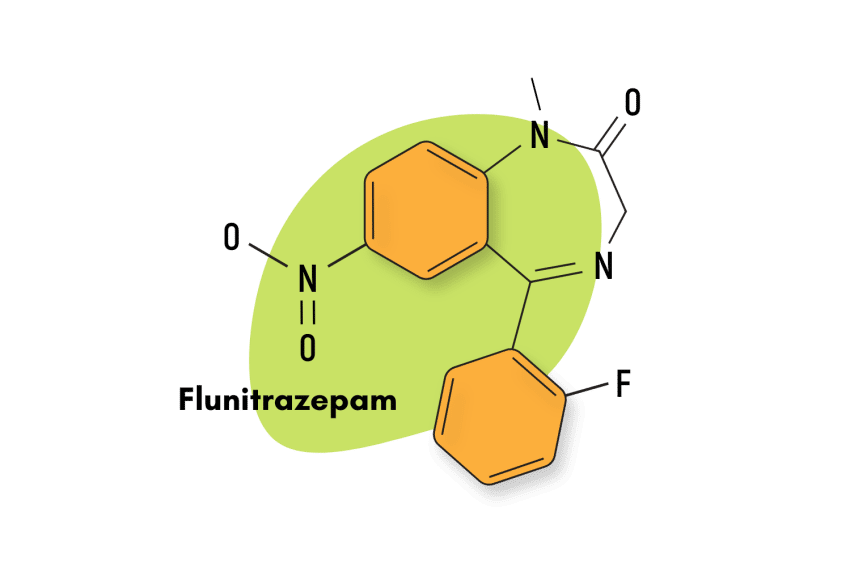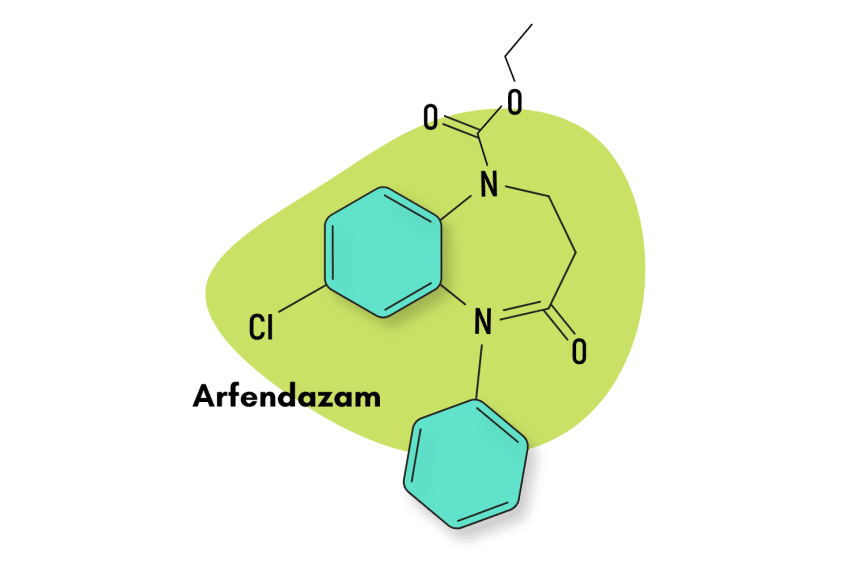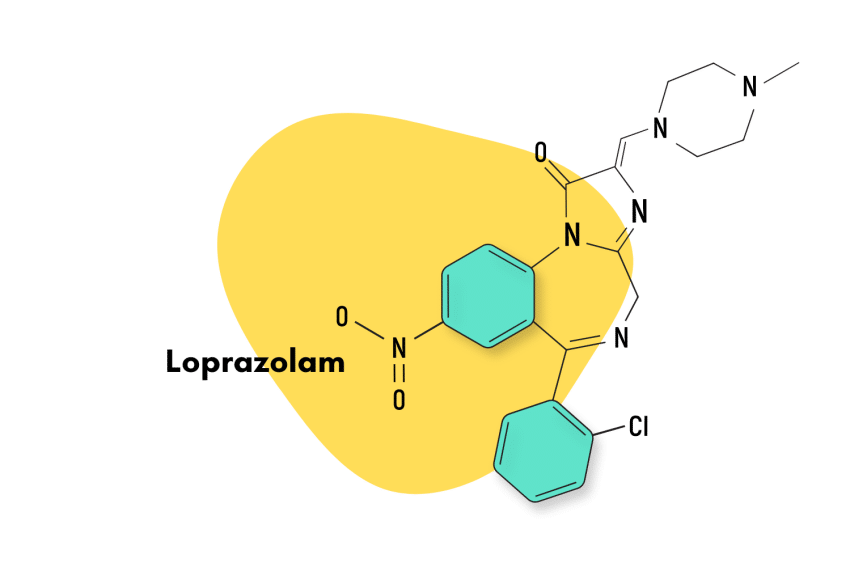Flubromazepam: Fact Sheet & Harm Reduction Guide
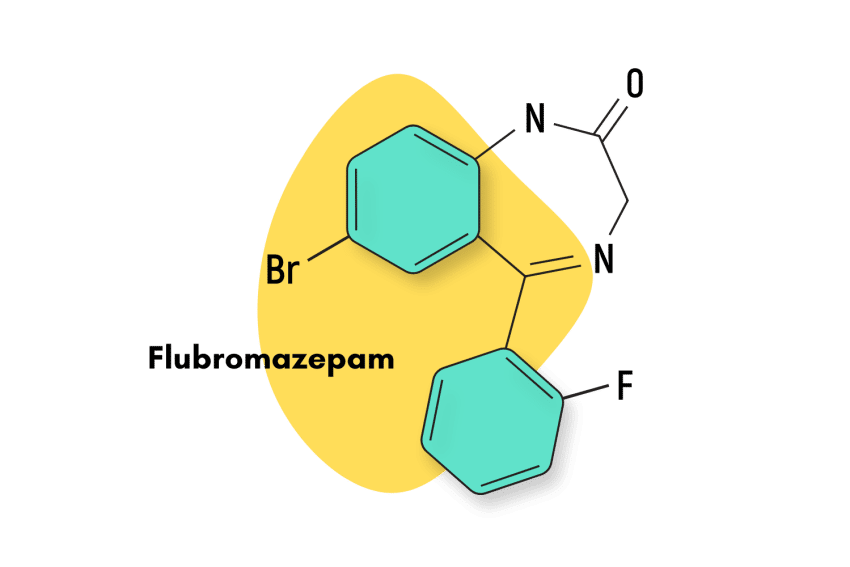
Flubromazepam was first synthesized in the 1960s but soon languished in obscurity after showing little clinical or commercial promise.
However, around 2012, drug detection databases suddenly began registering their use as the compound gained popularity among the designer drug community.
Structurally, flubromazepam is an analog to phenazepam, which naturally leads to a high degree of similarity between them. The difference between these benzodiazepine drugs is that flubromazepam replaces the chlorine atom found in phenazepam with a fluorine atom.
Generally, this chemical alteration leads to faster absorption and more substantial effect profiles.
Flubromazepam Specs
IUPAC Name
7-Bromo-5-(2-fluorophenyl)-1,3-dihydro-2H-1,4-benzodiazepin-2-one
Metabolism
The metabolism of flubromazepam has not been independently studied
Duration of Effects
Flubromazepam is a long acting-acting compound with an elimination half-life of 100-200 hours
Benzodiazepine Dosage Equivalency Calculator
**Caution:** Benzodiazepines have a narrow therapeutic window. Dose equivalents may not be accurate in higher doses.
This calculator does not substitute for clinical experience and is meant to serve only as a reference for determining oral benzodiazepine equivalence.
Please consult a medical practitioner before taking benzodiazepines.
How Does Flubromazepam Work?
Flubromazepam has not been formally studied, so most of what is said about it are based on informed speculation. When it comes to its primary mechanism of action, though, we can be quite sure that it shares in the traditional GABA-mediated pathway of the vast majority of benzodiazepines.
We can also be fairly sure that flubromazepam elicits the traditional range of benzodiazepine-related effects, meaning it has anxiolytic, muscle-relaxant, anticonvulsant, amnesic, sedative, and hypnotic properties. Self-assessment reports found online suggest that flubromazepam is skewed toward the sedative and anxiolytic effects.
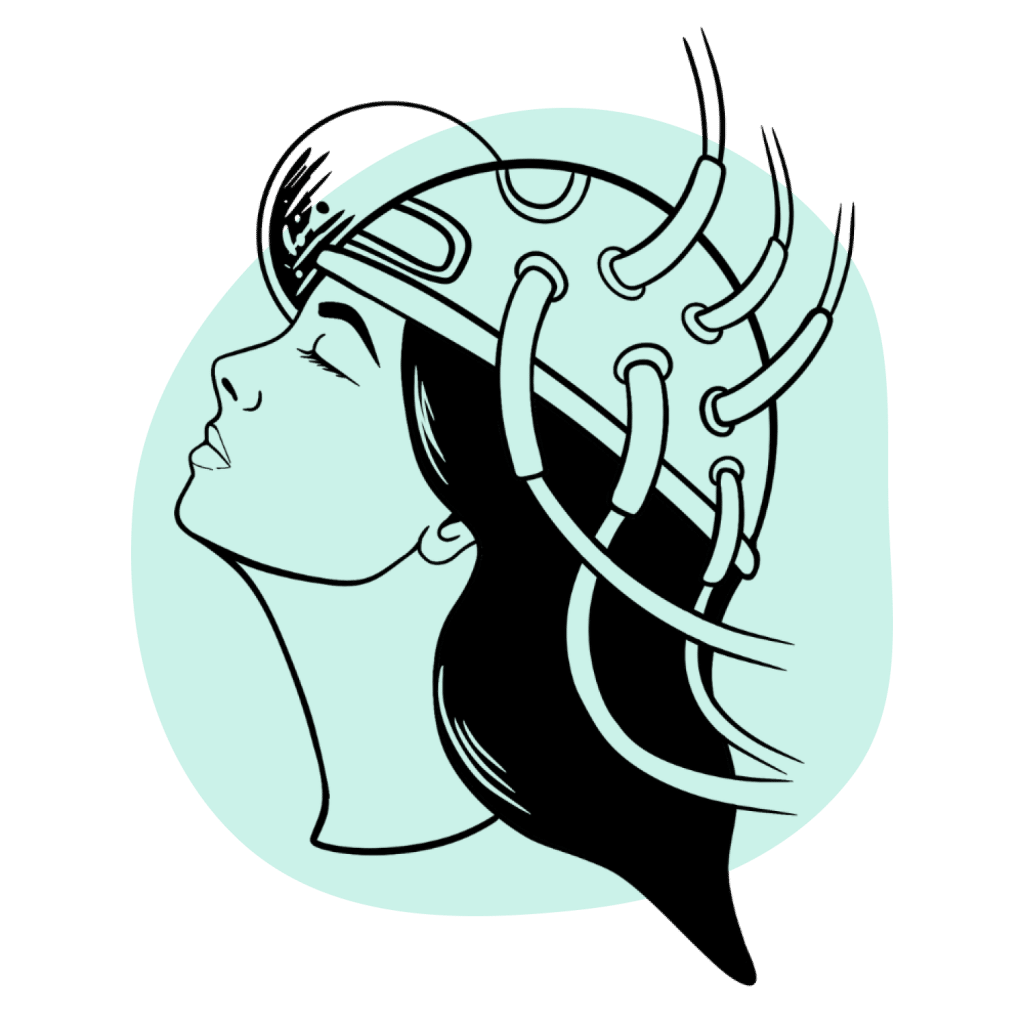
Is Flubromazepam Safe? Risks & Side Effects
Were flubromazepam to be an approved medication, it would likely be classified as a Schedule IV compound along with most other benzodiazepines. This is because benzodiazepines all have the same underlying mechanism of action. There are still significant differences, like binding affinities and pharmacokinetics, which account for their different profiles, but it’s all done through their interactions with GABA receptors.
This means that based on what we know about other benzos, we can make some general conclusions about flubromazepam. When benzodiazepines are taken responsibly and misuse is avoided, there is little chance of severe health-related events occurring. But a lot can go wrong once misuse is factored into the equation.
Out of the few studies that have looked at flubromazepam, one of them had some worrying findings. It found several adverse cardiotoxic effects, reduced cell viability, increased RR intervals but not QT intervals, and considerably inhibited potassium channels. The general conclusion was that flubromazepam might adversely affect psychological and cardiovascular health [1].
It is not common for benzodiazepines to display these properties, so the fact they have been found in flubromazepam is a cause for concern.
Side Effects of Flubromazepam
We have no reliable studies regarding the side effects profile of flubromazepam. Luckily, benzodiazepines share a common set of side effects with only a slight degree of variation between them.
Known benzodiazepine side effects include [2]:
- Anxiety
- Blurred vision
- Changes in sexual desire
- Confusion
- Confusion
- Constipation
- Depression
- Diarrhea
- Digestive disturbances
- Drowsiness
- Dry mouth
- Headache
- Light-headedness
- Low blood pressure
- Memory problems
- Muscle weakness
- Nausea/vomiting
- Rashes
- Respiratory depression
- Slurred speech
- Syncope
- Tremor

Benzodiazepine Withdrawal & Dependence
Due to the nature of its pharmacology, flubromazepam is sure to be able to cause symptoms of physical dependence and withdrawal.
Benzodiazepine users must be careful as benzodiazepines are pretty adept at causing dependence. For instance, one study concluded that approximately one-third of individuals who use benzodiazepines for longer than four weeks experienced dependence and withdrawal symptoms after concluding their treatment [3]. In fact, some benzodiazepines with higher relative potencies have such prevalent dependence liabilities that the FDA recommends against using them for more than seven to 10 consecutive days.
Benzodiazepine users must question their doctors about the realities of benzodiazepine dependence and formulate a strategy to hedge against this risk as much as possible. In any case, the sudden discontinuation of benzodiazepines is never recommended. All benzodiazepine treatments should be gradually tapered off for the patient’s safety.
Harm Reduction: Flubromazepam
Flubromazepam is only available through unregulated online retailers, which means there is a likelihood that flubromazepam is highly correlated with benzodiazepine abuse. To hedge against the risks that this type of behavior entails, follow the following harm reduction recommendations.
Benzodiazepine Harm Reduction Tips
- 🥣 Don’t mix — Mixing benzodiazepines with other depressants (alcohol, GHB, phenibut, barbiturates, opiates) can be fatal.
- ⏳ Take frequent breaks or plan for a short treatment span — Benzodiazepines can form dependence quickly, so it’s important to stop using the drug periodically.
- 🥄 Always stick to the proper dose — The dosage of benzos can vary substantially. Some drugs require 20 or 30 mg; others can be fatal in doses as low as 3 mg.
- 💊 Be aware of contraindications — Benzodiazepines are significantly more dangerous in older people or those with certain medical conditions.
- 🧪 Test your drugs — If ordering benzos from unregistered vendors (online or street vendors), order a benzo test kit to ensure your pills contain what you think they do.
- 💉 Never snort or inject benzos — Not only does this provide no advantage, but it’s also extremely dangerous. Benzos should be taken orally.
- 🌧 Recognize the signs of addiction — Early warning signs are feeling like you’re not “yourself” without the drug or hiding your habits from loved ones.
- ⚖️ Understand the laws where you live — In most parts of the world, benzodiazepines are only considered legal if given a prescription by a medical doctor.
- 📞 Know where to go if you need help — Help is available for benzodiazepine addiction; you just have to ask for it. Look up “addiction hotline” for more information where you live. (USA: 1-800-662-4357; Canada: 1-866-585-0445; UK: 0300-999-1212).
Flubromazepam Drug Interactions
Benzodiazepines should never be mixed with other compounds that depress the central nervous system (CNS), like opioids, barbiturates, and alcohol. The concomitant use of these drugs is extremely dangerous because they both interact with GABA receptors but target them in slightly different ways. The combined effect is quite powerful and can put the user at risk of respiratory depression, the leading cause of death among drug overdoses.

Flubromazepam Contraindications
Here are the commonly cited benzodiazepine-related contraindications:
- Myasthenia gravis
- Sleep apnea
- Bronchitis
- Chronic obstructive pulmonary disease (COPD)
- Personality disorders
- Intellectual disabilities due to frequent paradoxical reactions
- Major depression
- Conjunctive use of barbiturates, opiates, or those suffering from alcoholism
- Over the age of 65 (high risk)
Additionally, benzos with strong hypnotic effects can be contraindicated for driving and the use of heavy machinery.
Similar Benzodiazepines
Flubromazepam is related in meaningful ways to the following benzos:
Phenazepam
As stated above, flubromazepam is a structural analog of phenazepam and thus has many similarities with it. Both compounds are long-acting and have comparable potencies. However, phenazepam appears to be more popular in the designer drug market.
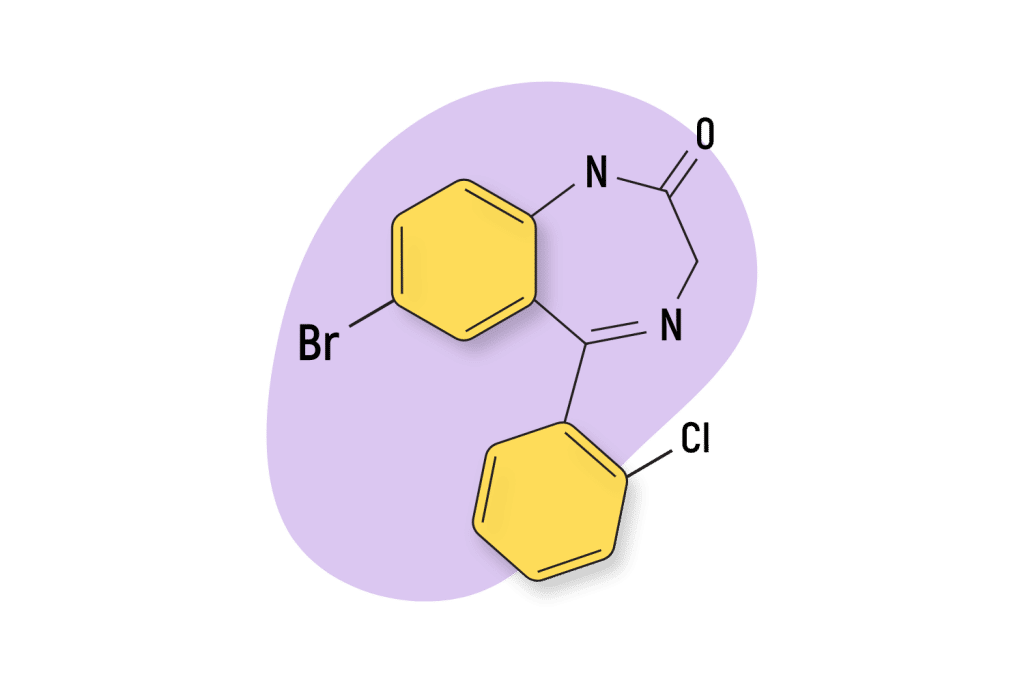
3-Hydroxyphenazepam
3-Hydroxyphenazepam is one of the active metabolites of phenazepam and is likely also a byproduct of flubromazepam. Given the long-acting nature of flubromazepam, it’s likely that 3-Hydroxyphenazepam also has metabolically active byproducts.
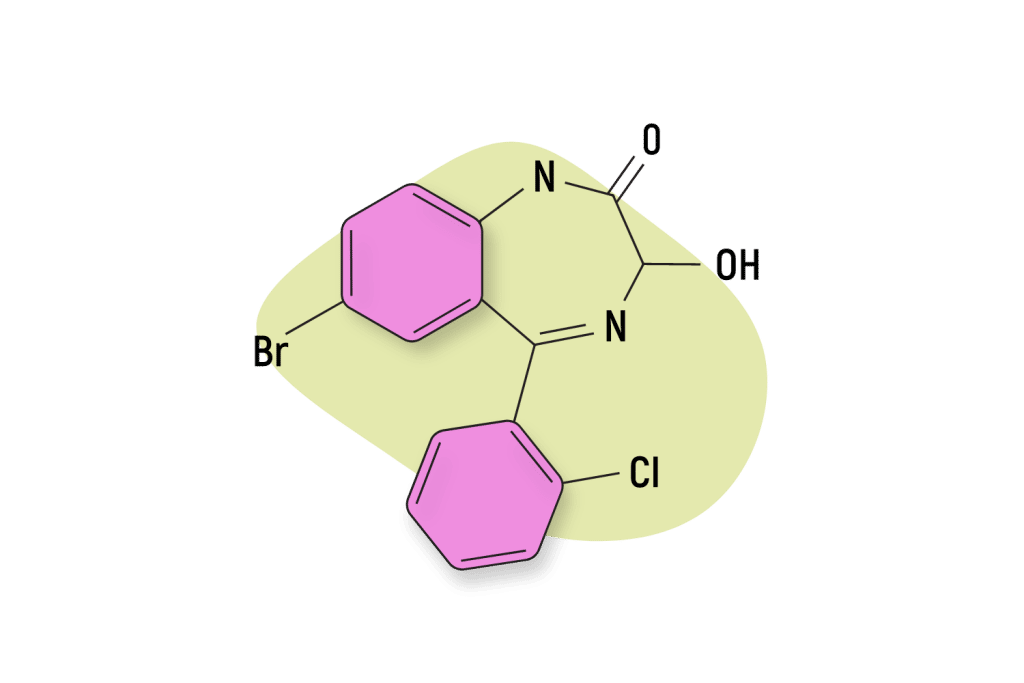
Natural Alternatives to Benzodiazepines
Want to know about natural alternatives for benzodiazepines? Here are some options below!
Blue Lotus
The blue lotus flower (Nymphaea caerulea) is a psychoactive plant with a long history of medicinal abuse going back to ancient Egypt. Research on the plant is limited, but experience shows that most compounds with long medicinal histories do end up having proven benefits when investigated. It is claimed that blue lotus can improve sleep, reduce anxiety and assist with erectile dysfunction [4].
St. John’s Wort
Also known as Hypericum perforatum is a plant native to Europe with proven anxiolytic benefits [5]. Although it’s not as effective as pharmacological antidepressants, St. John’s Wort has been used successfully to treat mild to moderate depression, and it can do this with minimal side effects or dependence liability.
However, using St. John’s Wort with other pharmacological drugs can be dangerous as it has been shown to interact with many drugs. Speak to your doctor before trying St. John’s Wort.

Flubromazepam FAQs
Is flubromazepam a commonly used designer drug?
Among the existing designer benzodiazepine drugs (DBZDs), it seems that flubromazepam is of relatively low popularity. According to drug detection data, it is not within the top five DBZD in Europe.
Can flubromazepam be used during pregnancy?
No. Benzodiazepines are not suitable for use during pregnancy or lactation.
References
- Hong, E., Gu, S. M., Kim, J. M., Yoon, K. S., Lee, J. M., Kim, Y. H., … & Cha, H. J. (2022). The designer benzodiazepine, flubromazepam, induces reward-enhancing and cardiotoxic effects in rodents. Toxicology Research, 11(4), 644-653.
- Bounds, C. G., & Nelson, V. L. (2021). Benzodiazepines. In StatPearls [Internet]. StatPearls Publishing.
- Riss, J., Cloyd, J., Gates, J., & Collins, S. (2008). Benzodiazepines in epilepsy: pharmacology and pharmacokinetics. Acta neurologica scandinavica, 118(2), 69-86.
- Fajemiroye, J. O., Adam, K., Alves, C. E., & Aderoju, A. A. (2018). Evaluation of the anxiolytic and antidepressant-like activity of aqueous leaf extract of Nymphaea lotus Linn. in mice. Iranian journal of pharmaceutical research: IJPR, 17(2), 613.
- Ng, Q. X., Venkatanarayanan, N., & Ho, C. Y. X. (2017). Clinical use of Hypericum perforatum (St John’s wort) in depression: A meta-analysis. Journal of affective disorders, 210, 211-221.



